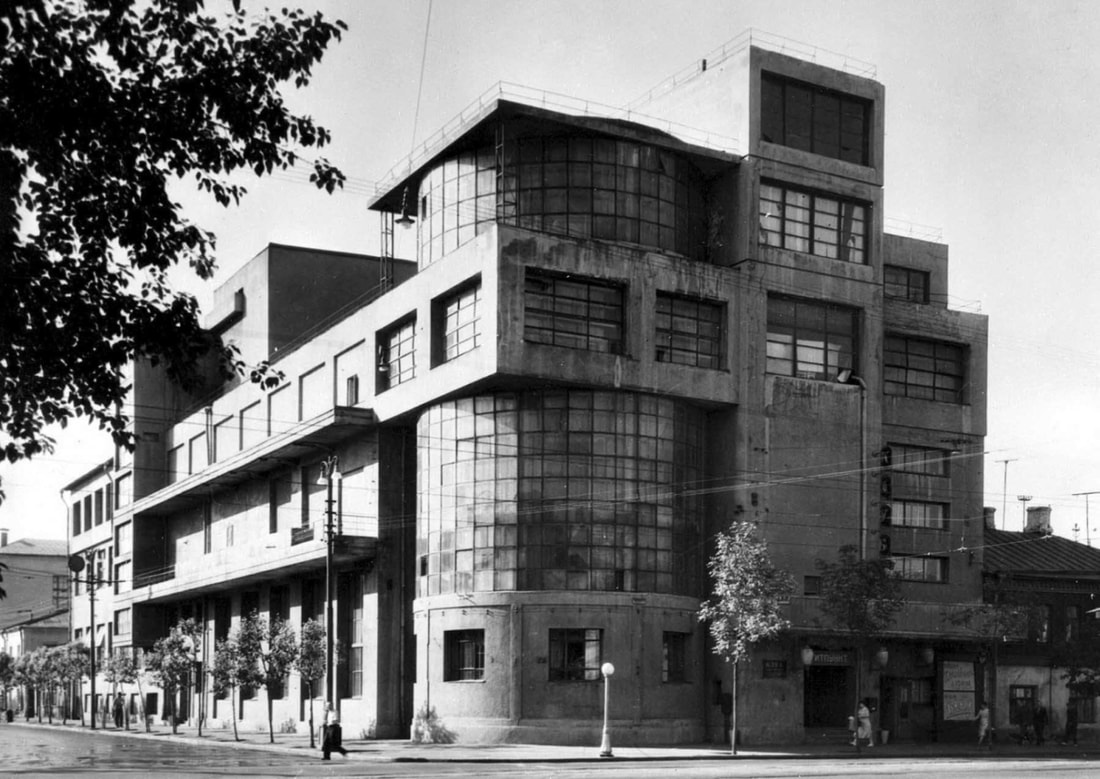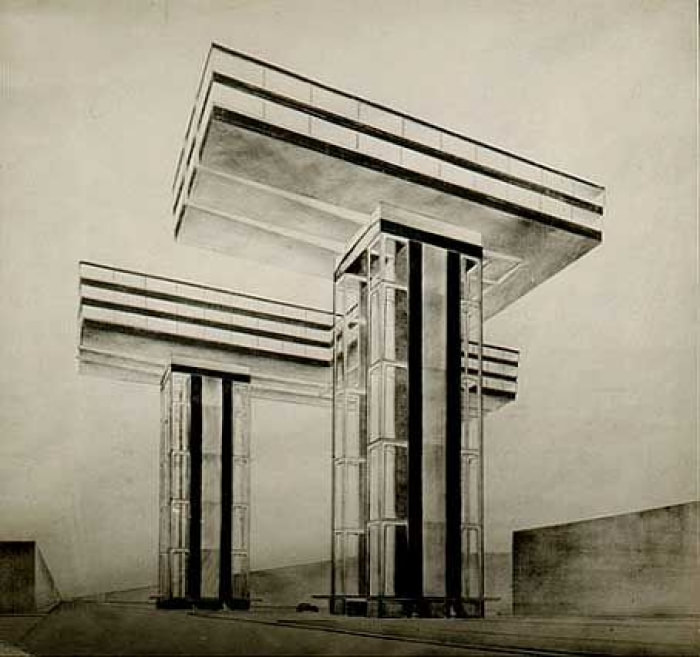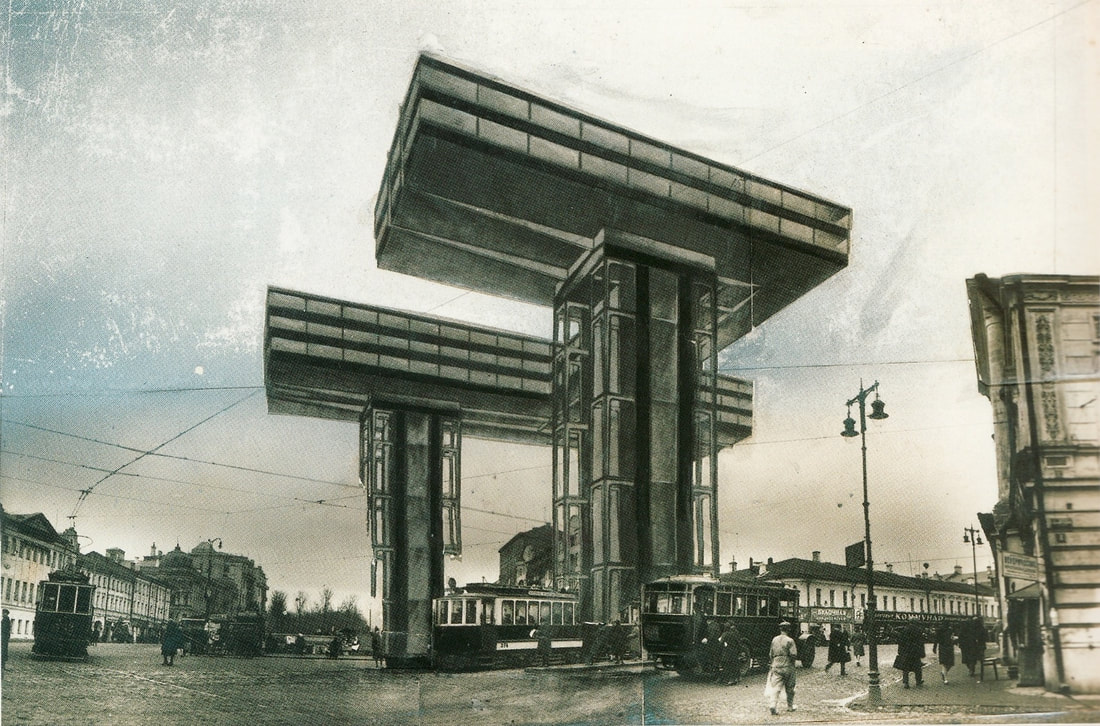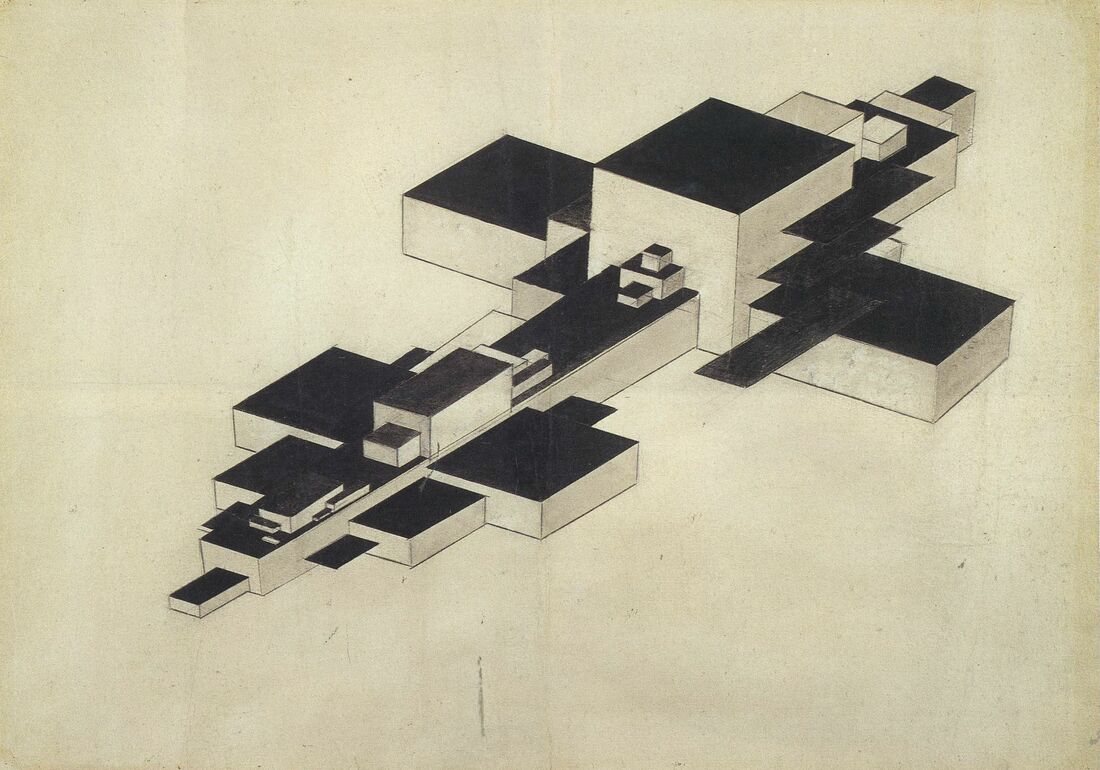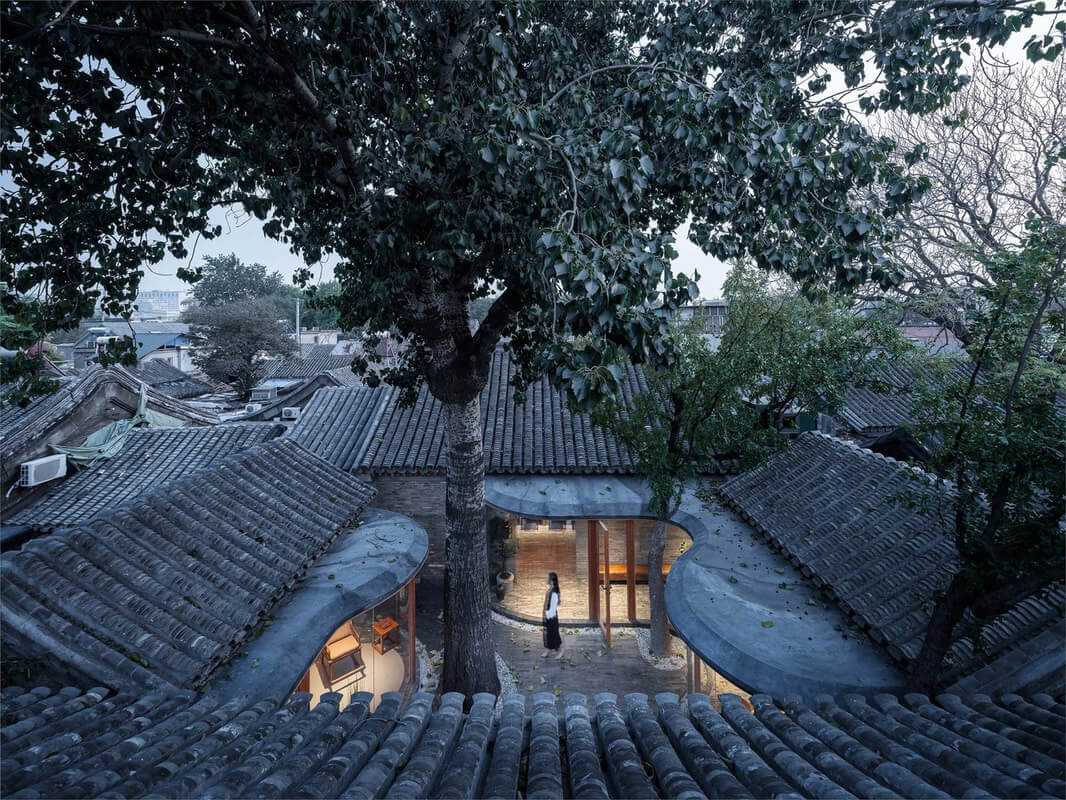The Leonard A. Lauder Lecture Series on Modern Art, by its Research Center for Modern at the Met, is devoted this season to new and original research of the radical changes that affected Russian architecture during the twenty years following the Bolshevik Revolution. Entitled ‘Art x Architecture: Russian Intersections 1917–37,’ it is presented by Jean-Louis Cohen, Professor in the History of Architecture at the Institute of Fine Arts of New York University. I have attended the second lecture in the three-part series lecture this week, devoted to Constuctivism and to the way it had come to shape in the post Revolution era, giving form to the political ideology. It was a particularly interesting and fruitful period that manifested in a rich building activity, particularly of educational institutions, such as Moscow’s Vkhutemas, where Alexander Rodchenko and El Lissitzky both taught. The three-part series will be concluded on Tuesday (March 12), exploring the rapid industrialization and liquidation by Stalin of all forms of political opposition after 1930, as well as new aesthetic strategies forced upon writers, filmmakers, architects, and artists, which spurred new innovation, as in the case of Alexander Deineka. Registration is available here. Above: Zuev Workers’ Club, 1928.

